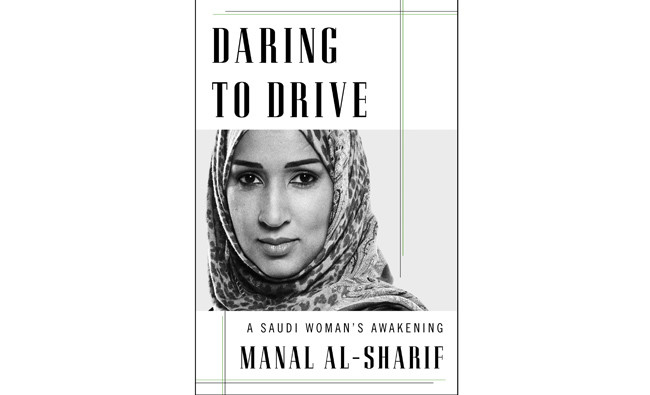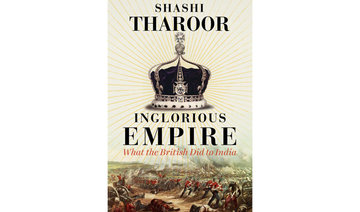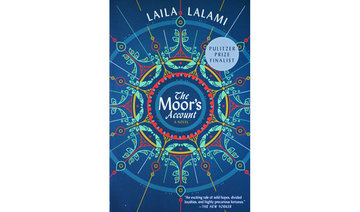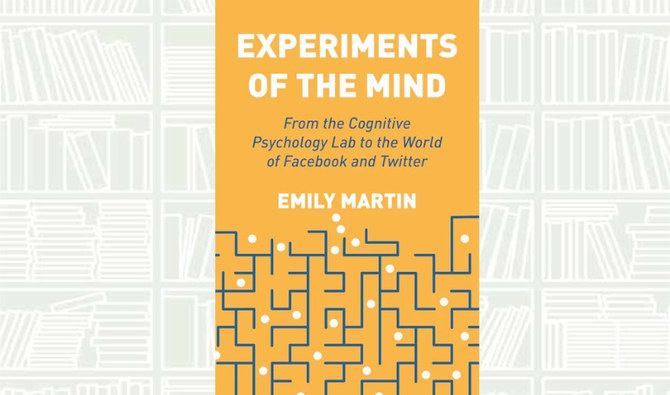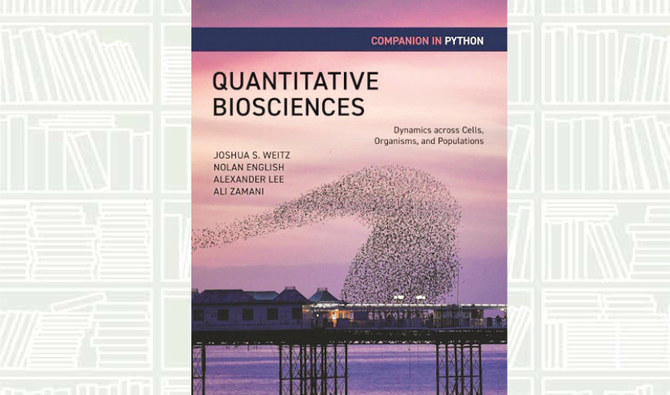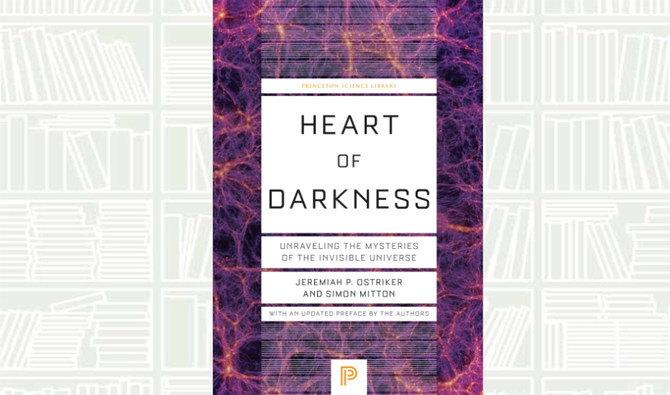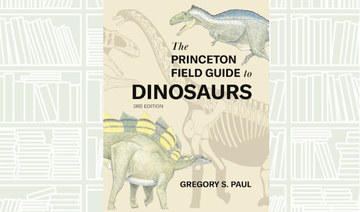“Daring to Drive: A Saudi Woman’s Awakening” (Simon & Schuster)), by Manal Al-Sharif
Beset by traffic, smog and other distractions, it is easy to forget that driving a car is an act of free will, in theory transcending race, class and gender.
Then imagine what life would be like if American women were not allowed to drive. Need to go to the hospital? No. Pick up kids after work? No. Visit family or friends? No. The only options are call a driver or wait for a male relative.
Manal Al-Sharif illuminates the insidious nature of that reality in Saudi Arabia. “Daring to Drive” is a brave, extraordinary, heartbreakingly personal story of one woman’s battle for equal rights, told through the minute details of an everyday life that boiled over after years of frustrations.
Al-Sharif was arrested for driving; afterward, people bombarded her with both abuse and praise. The story of her time in a filthy jail is riveting, but “Daring to Drive” does far more than explore that episode and its aftermath.
The book provides a rare glimpse into Saudi society, and especially into the lives and emotions of women. Rules — especially for women — are everywhere, and so are the punishments for breaking them. “Every public and most private spaces were saturated with radical books, brochures, and cassette sermons ... (and) these pieces of religious propaganda were overwhelmingly intended to enforce the compliance of women,” she writes. “Taboos included wearing pants, styling one’s hair, and even parting one’s hair on the side — because doing so causes a woman to resemble the infidels.”
Al-Sharif’s father and mother beat her; teachers beat students; her husband beat her; and other men beat their wives, usually with few consequences. Those passages are searingly painful to read, but Al-Sharif has the rare ability to put her suffering in context. Her family was poor, and her mother and father worked incessantly to provide the barest necessities. They are overbearing, yet absolutely determined to see Al-Sharif get a good education so she can escape the poverty that plagued them.
Despite Kafkaesque obstacles, Al-Sharif manages to become a pioneering computer professional. At school, male professors taught young women by closed-circuit TV, since they couldn’t be face-to-face. The women had no way to ask questions, either.
Al-Sharif deftly uses a wide storytelling lens. During a year working in Boston she is shocked to meet so many young Americans overwhelmed by college debt — her education was free in Saudi Arabia. “Daring to Drive” ranges from Al-Sharif’s first period to how she struggled to manage a crush on a co-worker to marriage, motherhood and workday issues.
The book ends with a blow-by-blow account of her arrest in May 2011 as part of a larger protest against the driving ban. That November she filed a lawsuit challenging the government refusal to give licenses to women. Soon afterward leading religious scholars warned that doing so would lead to a surge in all kinds of vices.
Al-Sharif presents a more valuable and honest view: A look into the hearts and minds of people who live in a society that is mostly off-limits to Westerners. Her literary achievement is that despite the huge cultural differences, “Daring to Drive” shows that Saudi women and men have dreams and fears much like our own.


